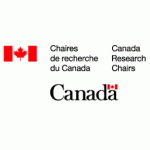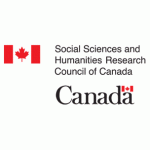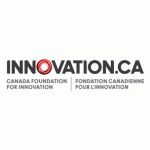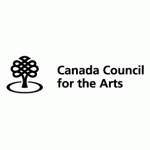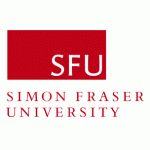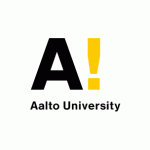Investigating how art and humanities can improve the design of technologies and information systems
Although contemporary society has many valuable conveniences, it often comes at the cost of people feeling overloaded with information and technology. In the case of mobile phones or social networks, for example, they powerfully enable new forms of connection between people but deliver this at the cost of being constantly disrupted. One way to interpret this sensation of information overload is to see it as a desire of technology designers to maximize the productivity of users without stepping back and reconsidering the larger cumulative picture of how these tools impact individuals and society at large.
The discipline of art and the related field of the humanities is useful in balancing out these issues related to new forms of communication. As fields of practice, art and the humanities have traditionally explored the complexities of what it means to be human through thought-provoking images, objects and texts. Art, at its best, is a provocative and enriching platform for questioning culture and our world, and has a robust framework for understanding emotional response, viewership, audiences, and how images and objects influence individuals and culture.
The overarching objective of Dr. Hertz’s research is to provide evidence that the critically engaged methodology of the arts and the related field of the humanities is valuable in the process of technological design. This work focuses on illuminating how standard methods of technological design – whether in consumer culture or traditional fields of science and engineering – often produce systems that lack cultural richness, emotion, and human-oriented values. By overemphasizing principles like efficiency, productivity and a reliance on technology, design often contributes to a consumer-oriented society that overworks, overproduces, and overconsumes.
The Studio for Critical Making’s interdisciplinary research provides case studies and toolkits for technology designers to better integrate cultural richness, emotion, and human-oriented values as variables in their work. The goal of this research is to tactically intervene and disrupt traditional models of technological development by giving designers and the public an opportunity to break out of this cycle, step back, and reflectively reconsider a broader spectrum of human experience. If technology is to improve society, it must be designed for the complexities of what it means to be human.
This research will lead to new perspectives on how humanities- and arts-based inquiry can constructively improve academic knowledge dissemination and technological design.
